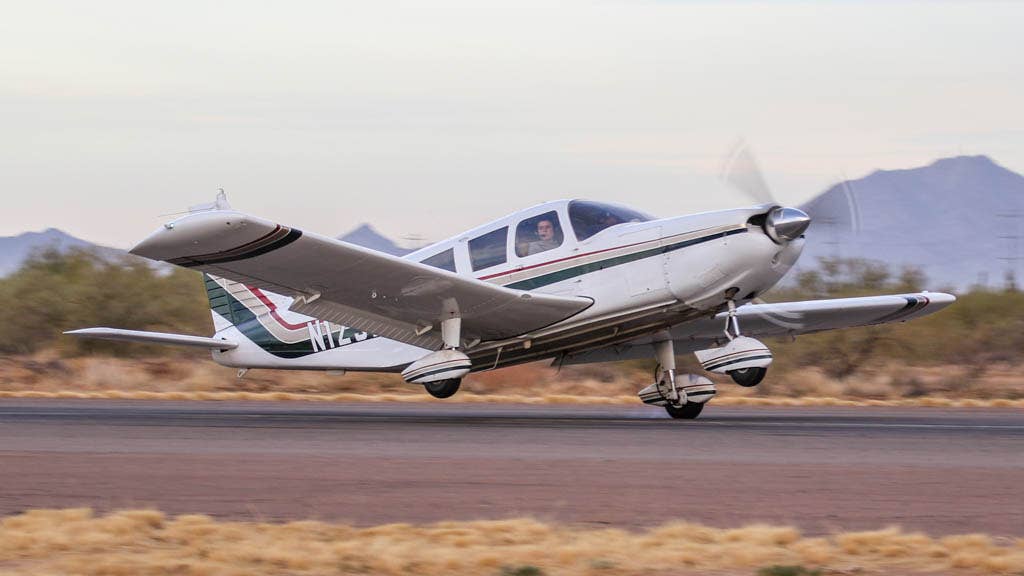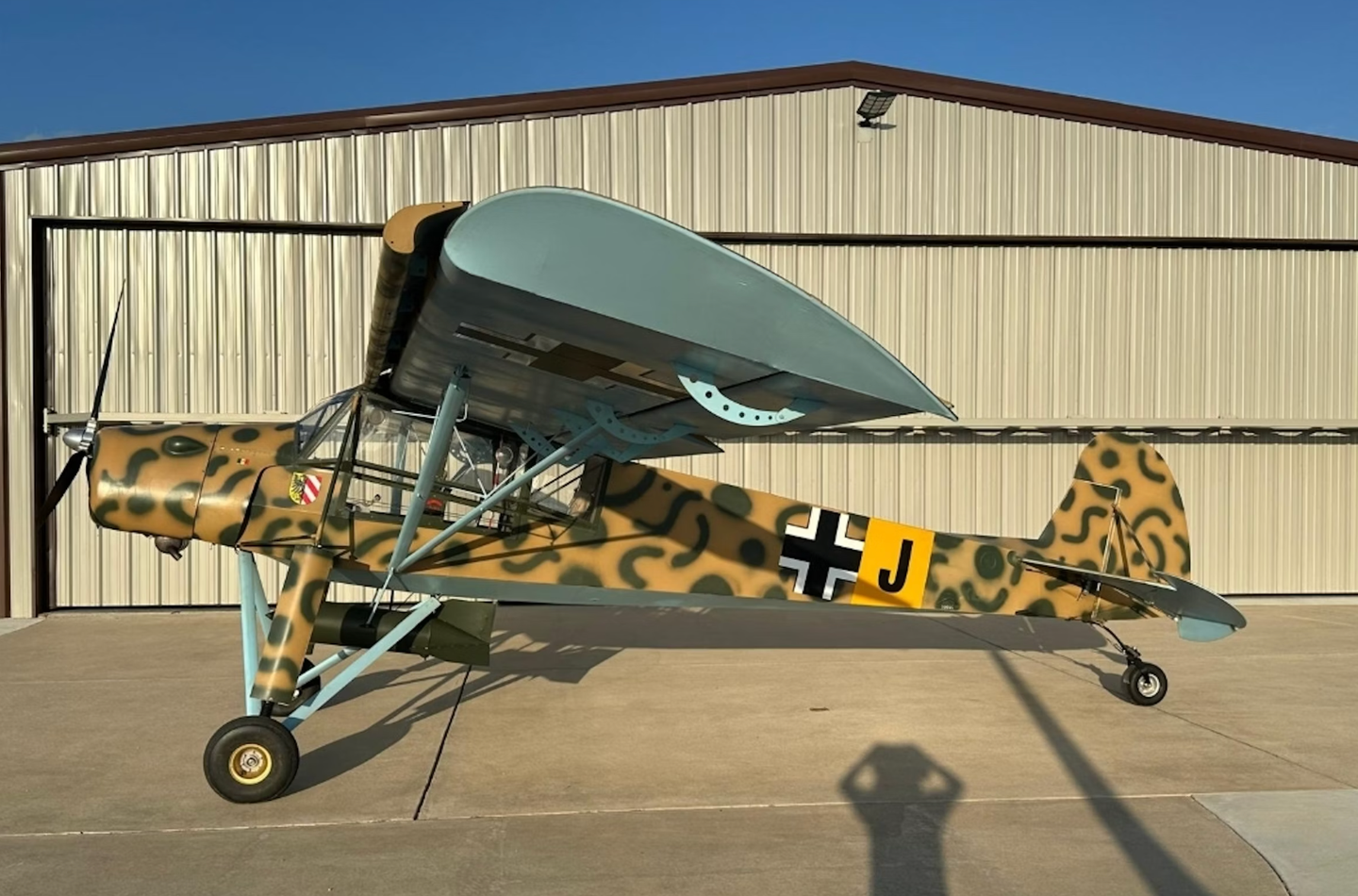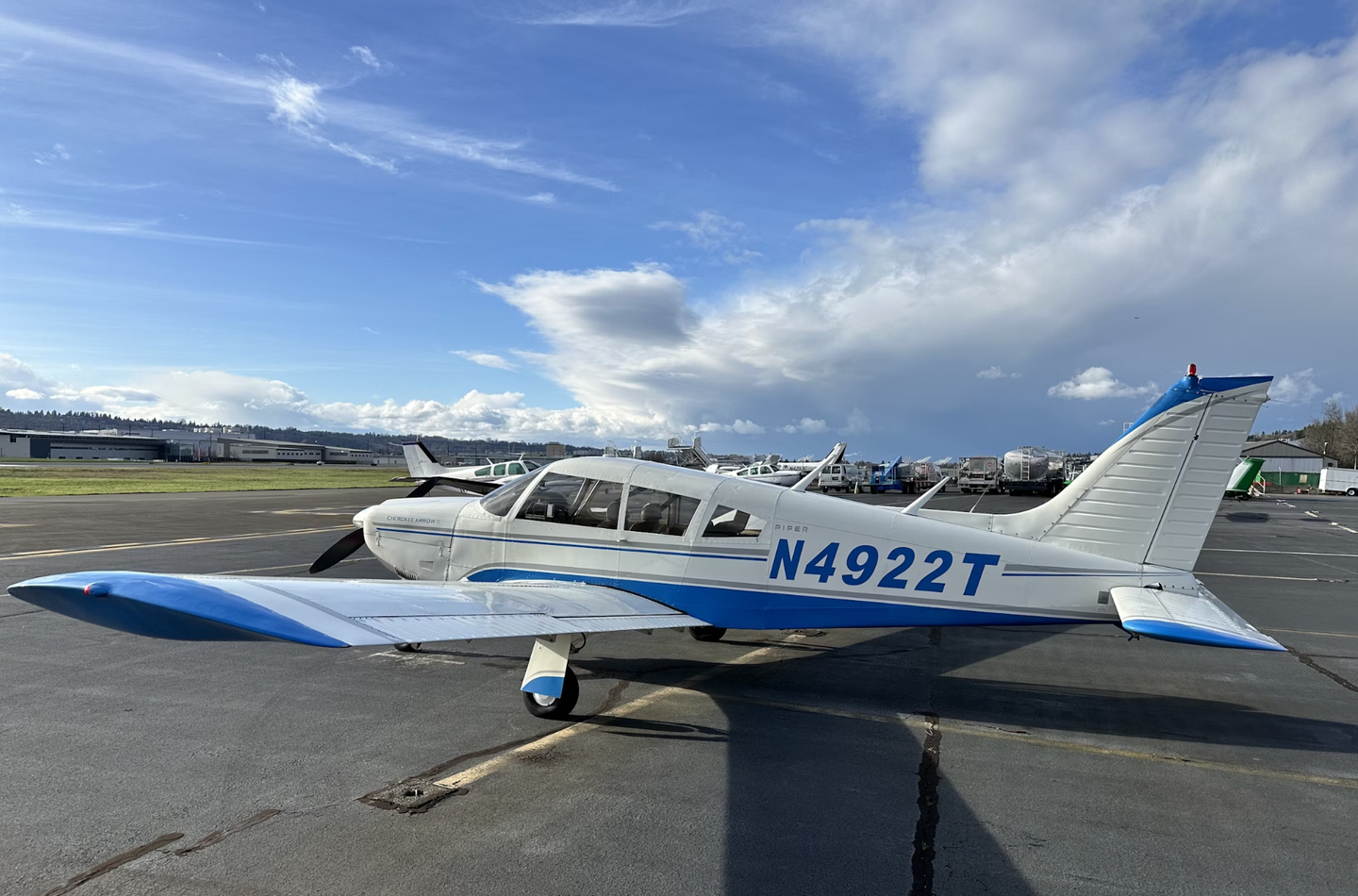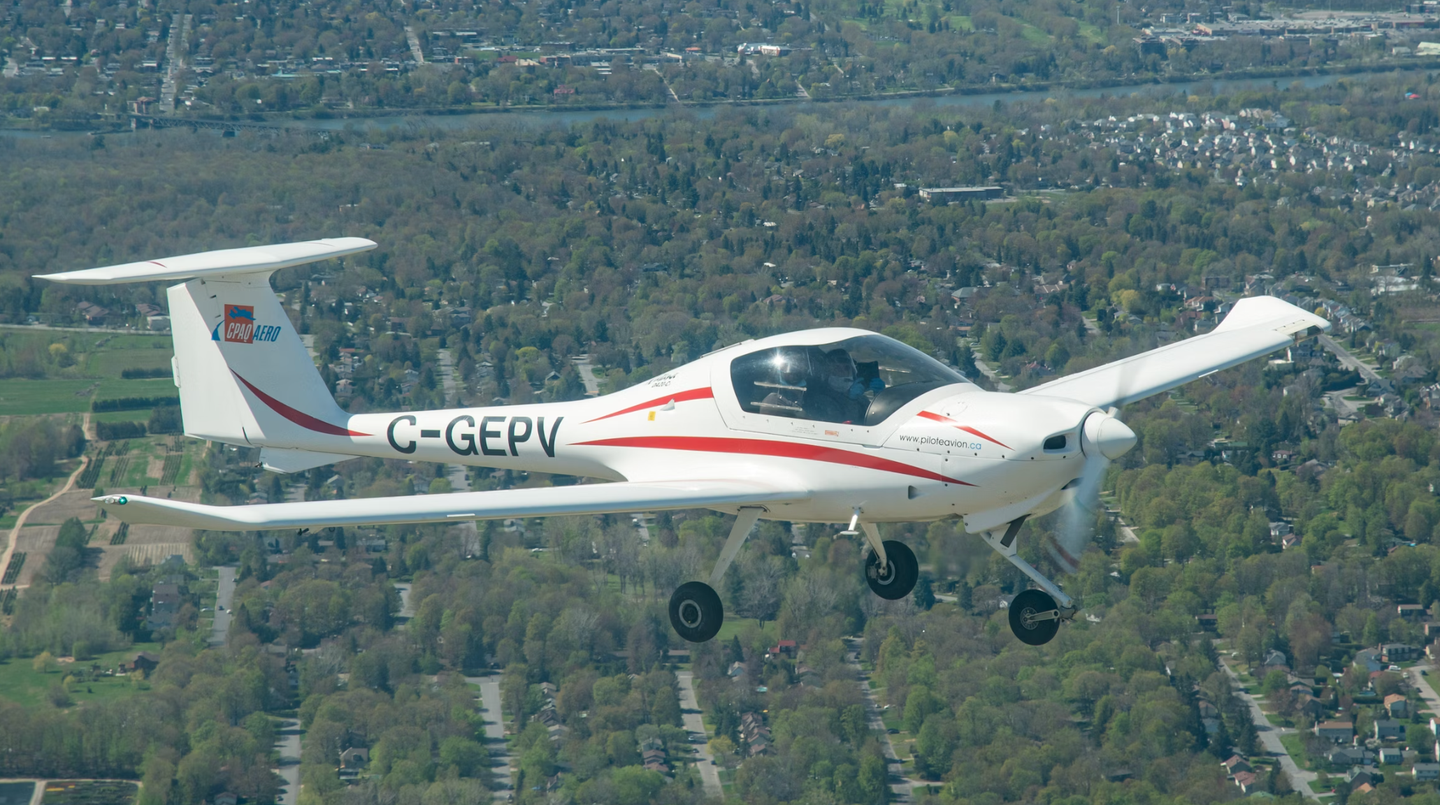Piper Cherokee Six/Lance/Saratoga
Piper’s six-seater, introduced in the 1960s, looked pretty much like what it was, a stretched-out version of one of Piper’s wildly popular, four-seat PA-28s. And then some. The “then some”…

Photo by Flickr User Chris Kennedy
Piper's six-seater, introduced in the 1960s, looked pretty much like what it was, a stretched-out version of one of Piper's wildly popular, four-seat PA-28s. And then some. The "then some" part is critical here because Piper designed the plane right. Instead of merely giving it a stretched fuselage and a couple more seats, Piper's designers gave the PA-32 a big double door in back, which made loading passengers and gear that much easier. They also added the club seating option, so the second and third row of seats faced each other instead of all facing forward, which is ideal for hauling stuff around, even without removing the rear row of seats, or for an adult in one of the rear-facing seats to keep an eye on the young'uns. The PA-32 was a popular plane and one that came in a variety of flavors over the years. There was the original 260-hp, all-forward-facing-seats version; the 300-hp model with and without club seating; a retractable gear model; and a T-tail version, too. The retractable gear models are fast, around 160 knots, compared with closer to 145 for the 300-hp fixed-gear Cherokee Six, and as is the case with many Piper models, the production run of the PA-32 spanned the era of the fat, squared-off wing (the Hershey bar wing) and the later, tapered airfoil. Regardless, all of them are excellent family flyers, which, again, I know from experience, as we flew PA-32s for years (including one that we owned with a couple of partners) and traveled far and wide with it as the kids got bigger. Alternatives: Beechcraft A36 Bonanza; Cessna 206.

Subscribe to Our Newsletter
Get the latest Plane & Pilot Magazine stories delivered directly to your inbox






